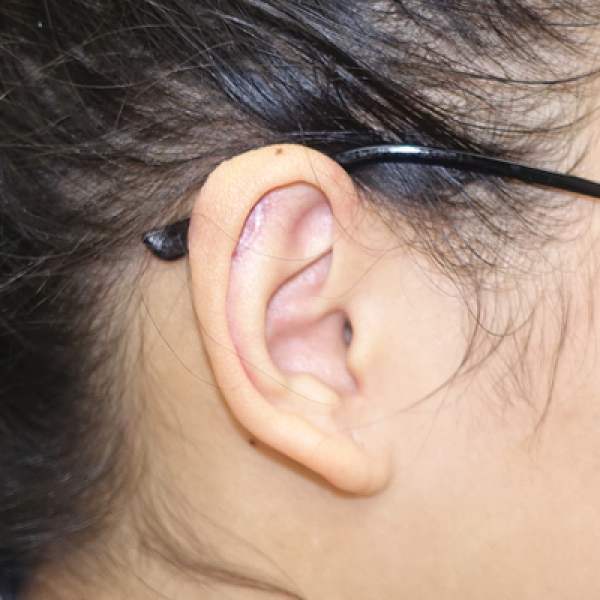Keloids are overgrowths of scar tissue caused by trauma to your skin. They’re common after ear piercings and can form on any part of the ear, to the lower earlobe or along the more cartilage portion of your ear. When we get an ear piercing, there is a small trauma to the piercing site that normally should heal with scar tissue. Sometimes your wound healing abilities goes into hyper-drive and your body makes too much scar tissue, leading to hypertrophic or keloid scars. From a cellular level, there is increased collagen synthesis and decreased collagen breakdown, resulting in raised scar tissue that extends beyond the original margins of the wound. This causes a bump or small mass that’s larger than the original piercing, after on both the front and back of the ear. In some people, they experience keloid scarring as a result of removing their ear piercing or after an infection.
Ear keloids affect people of different races and is a challenging problem to treat. There are different types of non-surgical and surgical treatment options, with variable effectiveness and risk of recurrence. The most common non-surgical therapy is intralesional corticosteroid injections (injected into keloid scar) to help shrink it, relieve symptoms, and make it softer. Injections are performed every four to six weeks until the keloid improves. According to the American Academy of Dermatology, about 50 to 80 percent of keloids shrink after treatment with injections. Keloids that have minimal response to steroid injections can be excised followed by postoperative intralesional corticosteroid injections and pressure therapy.

